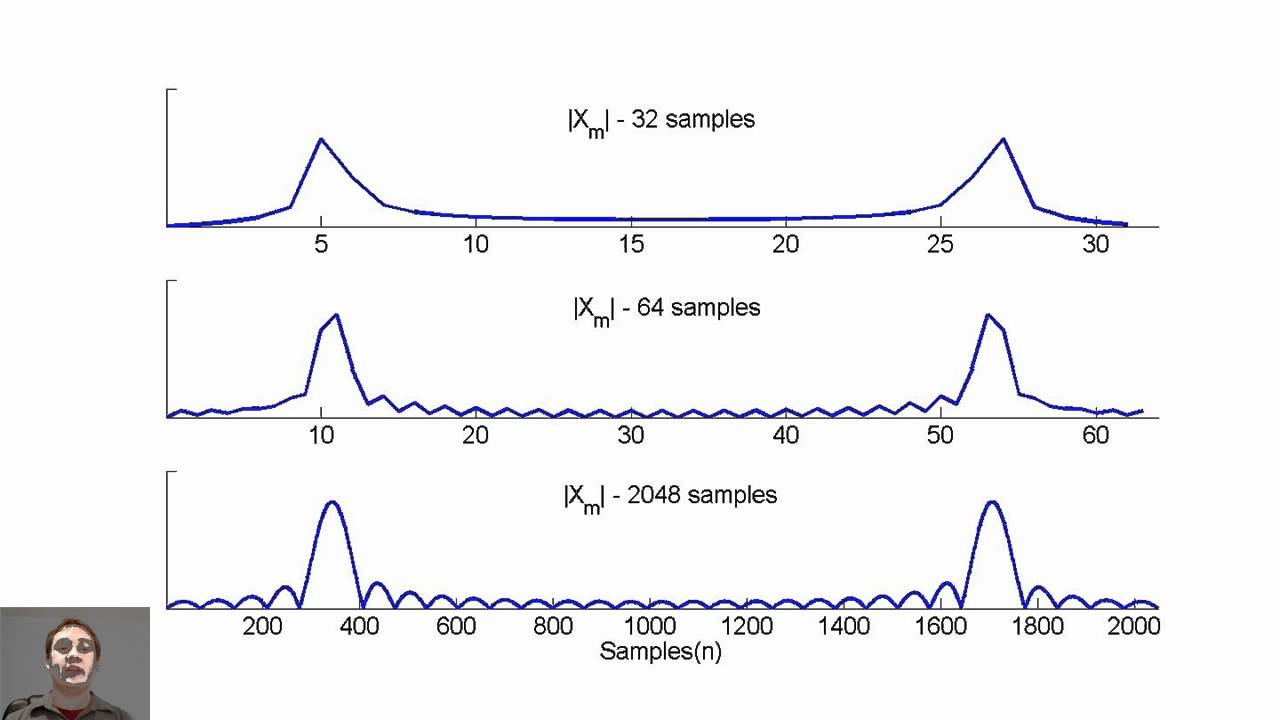Understanding Zero Padding: A Comprehensive Guide
telcomatraining.com – Zero Padding (ZP) is a fundamental concept in digital signal processing and communication systems. It involves appending zeros to a signal to achieve specific analytical or functional purposes. This technique is versatile, offering several benefits in different domains. Let’s explore the nuances of zero padding, its applications, and its impact.
Zero padding serves multiple objectives, enhancing the efficiency and accuracy of signal processing techniques. Below are its primary purposes:
- Enhancing Frequency Domain Analysis Zero padding is widely used to improve the resolution of frequency analysis methods like the Fast Fourier Transform (FFT). By appending zeros to a signal, the total length of the signal increases, which leads to more frequency bins when the FFT is applied. This results in a more refined frequency spectrum, allowing better discrimination between closely spaced frequency components.
- Reducing Spectral Leakage Spectral leakage occurs when the frequencies of a signal do not align perfectly with the FFT’s predefined bins. Zero padding helps mitigate this issue by interpolating additional frequency points, which smoothens the spectrum and reduces artifacts caused by misalignment.
- Signal Interpolation For visualization or further processing, zero padding can make a signal appear smoother. This is particularly useful in applications where better representation or accurate estimation of intermediate values is required.
- Cyclic Prefix in OFDM Systems Orthogonal Frequency Division Multiplexing (OFDM) is a popular modulation technique in modern communication systems. Zero padding is used to add a cyclic prefix to transmitted symbols, effectively mitigating inter-symbol interference caused by multipath propagation. This ensures data integrity and reduces errors in transmission.
Zero padding can be implemented in various ways, depending on the specific requirements of the application:
- End Zero Padding Zeros are added to the end of the signal, which is the most common approach. It is especially effective for frequency domain analysis, where extending the signal length helps achieve higher resolution in FFT calculations.
- Beginning Zero Padding This involves appending zeros to the beginning of a signal. It is typically used in time-domain applications, such as aligning signals for convolution or ensuring proper synchronization in signal processing tasks.
- Centered Zero Padding In this approach, zeros are symmetrically added to both ends of the signal. This method is crucial in preserving the center of the signal, which is important when analyzing or processing signals with significant timing or phase information.
Zero padding directly influences the frequency domain representation of a signal. Its key effects include:
- Improved Frequency Resolution By increasing the length of the signal through zero padding, more frequency bins are created during the FFT process. This enables better resolution and helps in identifying closely spaced frequency components.
- Unchanged True Amplitude The process of zero padding does not alter the actual amplitudes of the signal’s components. Instead, it redistributes the existing energy across additional bins, making peak amplitudes more distinct and easier to analyze.
- Potential for Spurious Peaks Interpolated points introduced by zero padding may result in spurious peaks between actual frequency components. While this does not reflect the true characteristics of the original signal, it can provide insights into the interpolated values.
While zero padding offers significant advantages, it is essential to consider potential trade-offs:
- Increased Signal Length Adding zeros to a signal increases its length, which may require more computational resources for processing. This is particularly relevant in real-time systems or scenarios with limited processing power.
- Interpolation Artifacts The additional frequency points created through interpolation may introduce artifacts that do not correspond to the true signal characteristics. These artifacts can complicate the interpretation of results if not accounted for.
Zero padding is a versatile and essential tool in digital signal processing. Whether used for enhancing frequency resolution, mitigating spectral leakage, or facilitating smooth signal interpolation, its benefits are numerous. However, a clear understanding of its trade-offs is vital to maximize its effectiveness in various applications. By strategically implementing zero padding, engineers and researchers can unlock deeper insights into signal behavior and optimize the performance of communication systems.







